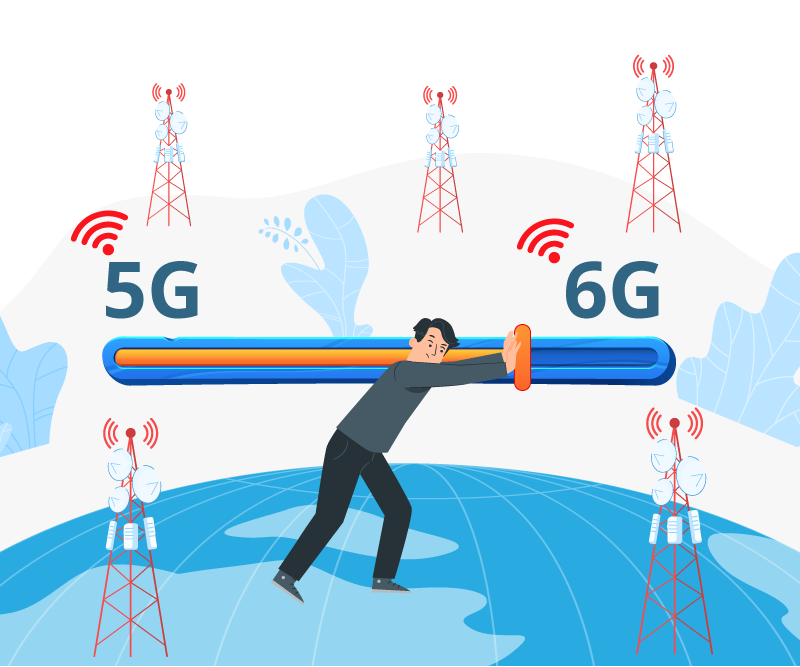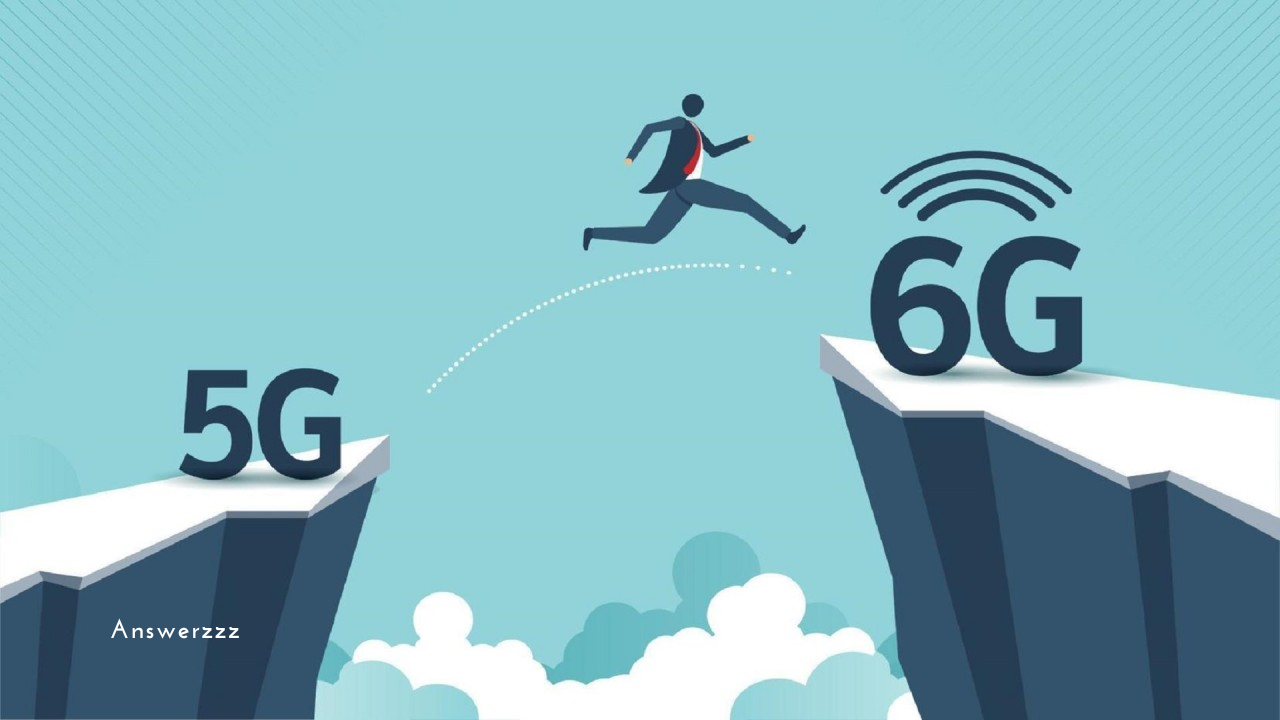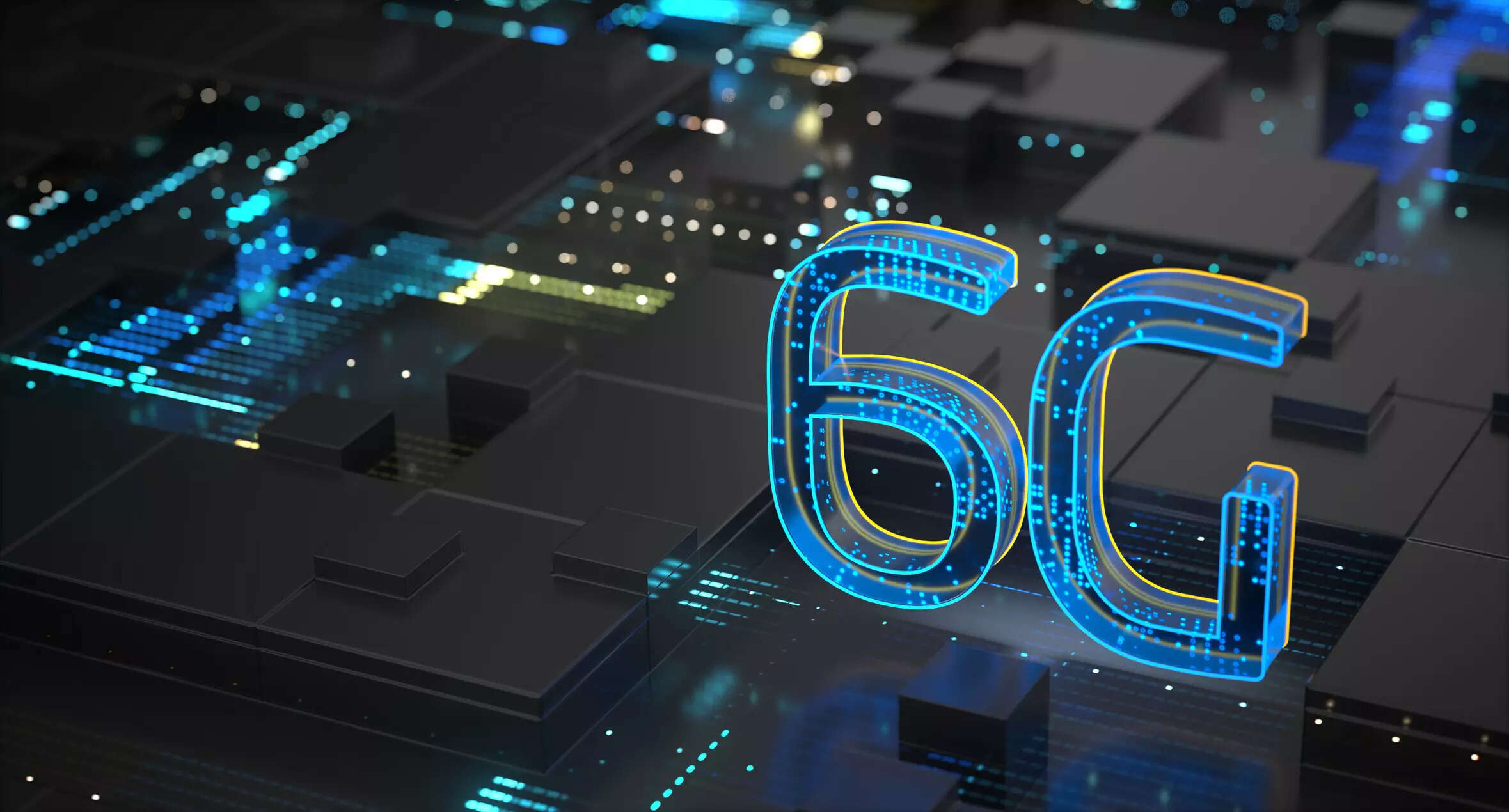The rapid evolution of mobile networks has significantly changed the way we live, work, and connect. As 5G technology begins to fully integrate into our lives, the next frontier—6G—is already on the horizon. Many wonder what advancements 6G will bring over 5G, and what differences we might see in terms of speed, capabilities, and impacts on society. While 5G already promises revolutionary improvements in speed and connectivity, 6G aims to push these advancements further, opening up a new world of possibilities.
5G: The Current Generation of Connectivity

5G is the fifth generation of mobile networks, offering faster speeds, lower latency, and increased connectivity compared to its predecessor, 4G. Where 4G networks allowed for mobile internet, streaming, and the initial stages of the Internet of Things (IoT), 5G takes these capabilities to the next level. The ultra-low latency and high-speed connectivity of 5G enable real-time applications and services, making it ideal for industries that require instantaneous data transfer. This capability, combined with its bandwidth, has paved the way for advancements in autonomous vehicles, telemedicine, and smart city infrastructure.
From a consumer perspective, 5G has been marketed primarily for its ability to support streaming high-definition content with minimal buffering and for improving the gaming experience. However, the true potential of 5G lies in its ability to handle massive data loads, making it a backbone for a truly interconnected digital ecosystem. It supports up to one million devices per square kilometre, making it suitable for densely populated areas and essential for the growing Internet of Things.
The Promise of 6G: A Glimpse into the Future
While 5G is still being rolled out in many parts of the world, researchers and companies are already working on 6G. Predicted to launch around 2030, 6G promises to be another quantum leap in terms of speed, capacity, and capabilities. The most anticipated advancement of 6G is its ability to deliver speeds of up to 1 terabit per second, which is approximately 100 times faster than the peak speed of 5G. This level of speed could facilitate instant downloads of large files and seamless streaming of ultra-high-definition content, setting a new standard for consumer expectations.
Blockchain Beyond Cryptocurrency: Surprising Uses of Blockchain in Various Industries
But 6G’s impact will likely extend beyond just speed. It is expected to incorporate Artificial Intelligence (AI) directly into network infrastructure, allowing for intelligent connectivity that adapts to user needs in real-time. In other words, 6G networks may automatically allocate resources, prioritize connections, and optimize performance based on data from AI, enabling a smarter, more responsive network. This intelligence layer could make 6G adaptable to a variety of conditions, from dense urban environments to remote areas with limited connectivity. Additionally, the integration of AI with 6G could enable unprecedented applications like holographic communication, which would allow users to interact with holograms as if they were real, and truly immersive augmented reality (AR) experiences.
Differences in Speed and Latency
One of the most significant differences between 5G and 6G will be speed. While 5G can reach up to 10 gigabits per second, 6G’s target is 1 gigabit per second. This difference in speed could bring near-instantaneous connectivity to nearly every device on the network, enabling services that are currently impossible due to latency issues. With latency expected to decrease from one millisecond of 5G to as low as 0.1 milliseconds with 6G, communication between devices could be virtually instantaneous. This ultra-low latency is essential for critical applications such as remote surgery, where even a slight delay could be detrimental.
Higher speeds and lower latency will also enable a more immersive experience in virtual and augmented reality. Today’s VR experiences are often limited by current technology’s inability to handle high-definition visuals and movement synchronization without lag. With 6G, these experiences could become much more realistic, allowing for fully immersive digital environments that respond seamlessly to user input. Furthermore, the improved response times could support new use cases such as brain-computer interfaces, where the brain’s signals could directly communicate with digital devices, allowing users to control technology using their thoughts.

Network Capacity and Device Connectivity
While 5G introduced the concept of supporting up to one million devices per square kilometre, 6G will expand this capacity even further. Experts predict that 6G could support up to 10 million devices per square kilometre, a tenfold increase. This massive improvement is essential as the number of connected devices continues to rise rapidly, especially with the advent of smart homes, smart cities, and widespread IoT adoption. This improvement in connectivity density will make it possible for smart cities to function at an even higher level, enabling real-time data sharing across millions of sensors and devices.
Enhanced device connectivity is also critical for industrial applications. Manufacturing facilities, for example, could operate using thousands of connected devices on a factory floor, with each device communicating in real time. This level of connectivity could support a fully automated factory with AI-driven machines that adjust production processes on the fly, based on data from interconnected devices. Similarly, smart cities could benefit from a higher level of automation, with traffic lights, waste management, and power grids all working in sync to optimize city management and resource allocation.
How Artificial Intelligence is Changing Everyday Life: What to Expect in the Next Decade
Integration of AI and Advanced Analytics
One of the most transformative aspects of 6G is expected to be its integration of AI into the core network infrastructure. This AI integration will allow 6G networks to self-optimize, predict potential issues, and provide a personalized experience for users. While AI is currently used in applications that operate over 5G networks, such as facial recognition and natural language processing, 6G aims to embed AI directly into the network. This would allow 6G to dynamically allocate bandwidth, prioritize critical services, and maintain security without manual intervention.
6G networks could also leverage AI for advanced analytics, using data from devices to make predictive adjustments in real time. For example, during a large-scale event, the 6G network could identify areas with high demand and automatically allocate more resources to ensure seamless connectivity for attendees. AI-driven 6G networks would be able to make these changes instantaneously, maximizing efficiency while enhancing the user experience. Furthermore, the integration of AI and 6G would allow for greater cybersecurity, as the network could detect and respond to potential threats before they become critical.
Environmental and Societal Impact
The transition to 6G is expected to bring a range of environmental and societal changes. On the environmental side, 6G aims to be more energy-efficient than its predecessors. The use of AI to optimize network performance means that 6G networks could operate with significantly lower power requirements. This efficiency could extend to the devices connected to 6G, as the network could automatically adjust the energy consumption of each device based on its usage patterns. By reducing the energy demands of mobile networks and connected devices, 6G could contribute to global efforts to reduce carbon emissions and create a more sustainable digital ecosystem.
Top 10 Breakthrough Tech Innovations of 2024 That Are Shaping the Future
On the societal level, 6G has the potential to revolutionize access to education, healthcare, and economic opportunities, particularly in underserved areas. With ultra-high-speed connections and minimal latency, remote learning and telemedicine could become even more accessible and effective, closing the gap for communities with limited access to these services. Additionally, the higher capacity and connectivity of 6G networks could enable smart infrastructure in rural and remote areas, providing these communities with the same technological advancements found in urban centres. By extending the reach of critical services, 6G could play a role in bridging the digital divide and creating a more equitable society.
The Road to 6G: Challenges Ahead
Despite its potential, the development and implementation of 6G technology come with significant challenges. The infrastructure required for 6G will be more complex and expensive than that for 5G, requiring substantial investment from governments and private companies. Additionally, the higher frequencies used by 6G could result in limited range and signal penetration, which means that an even denser network of antennas and base stations will be necessary. The process of upgrading the network will likely be slow, and it may be years before 6G becomes as widespread as 5G.
Security is another major concern. As connectivity becomes faster and more ubiquitous, the risk of cyber threats could increase, especially with the integration of AI into the core network infrastructure. Ensuring the security and privacy of users will be paramount, particularly with the rise of applications that handle sensitive data, such as healthcare and financial services. Additionally, because 6G will support more devices and applications than ever before, there will be a need for more robust regulations and standards to protect users from data breaches and cyberattacks.
Final Thoughts: A New Era of Connectivity
The arrival of 6G marks a new era in mobile connectivity, promising unprecedented speed, intelligence, and integration of technology into every aspect of our lives. While 5G has already brought substantial changes to our world, 6G will further push the boundaries of what’s possible, enabling innovations that currently exist only in science fiction. From intelligent networks to AI-driven optimizations and immersive augmented reality experiences, 6G has the potential to transform industries and reshape society.
However, with these advancements come significant challenges, from the infrastructure required to support 6G to the potential security risks of a highly interconnected digital ecosystem. As we move toward this new generation of connectivity, careful planning and collaboration between governments, tech companies, and communities will be essential to harness the full potential of 6G. In the end, 6G represents more than just an upgrade in speed—it offers a chance to redefine the future of connectivity, creating a world where technology serves us in ways we have yet to imagine.




